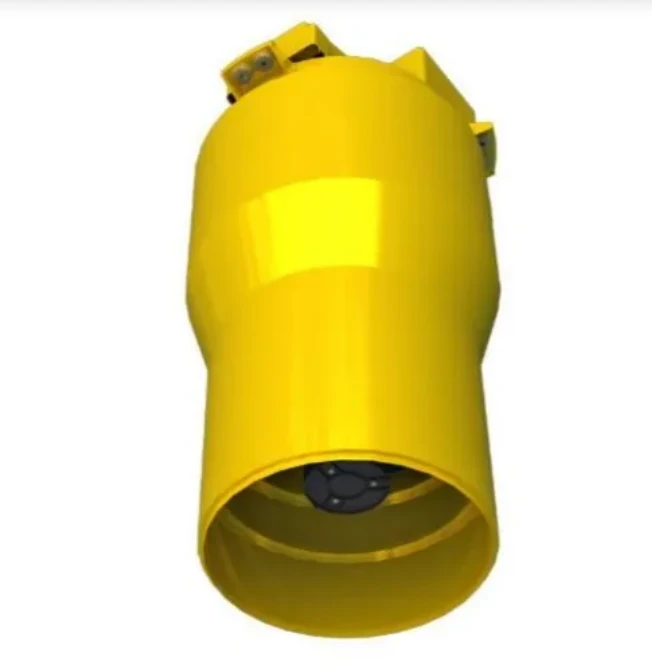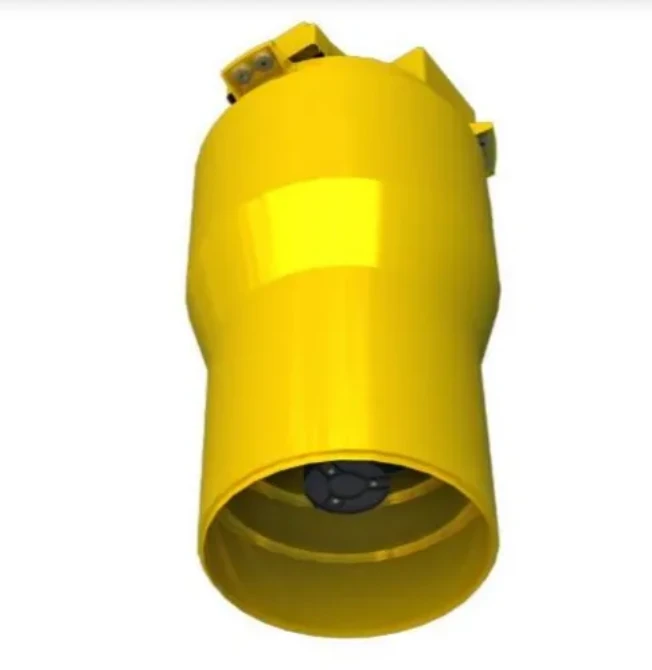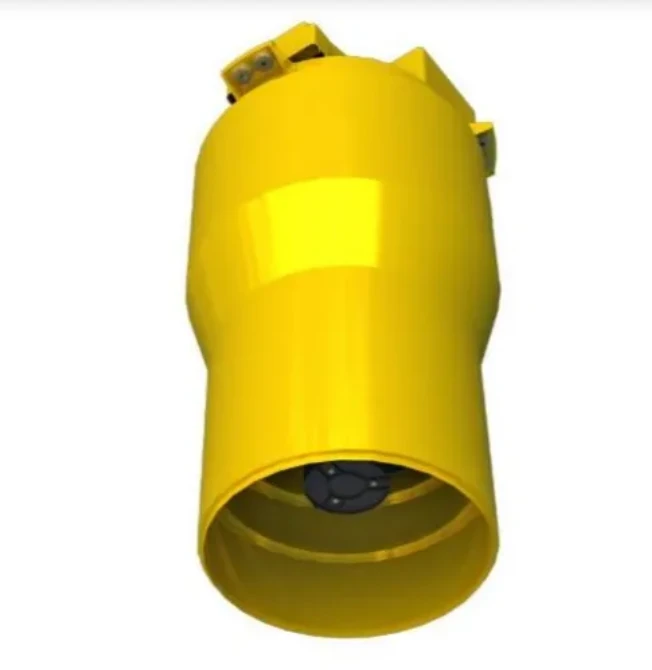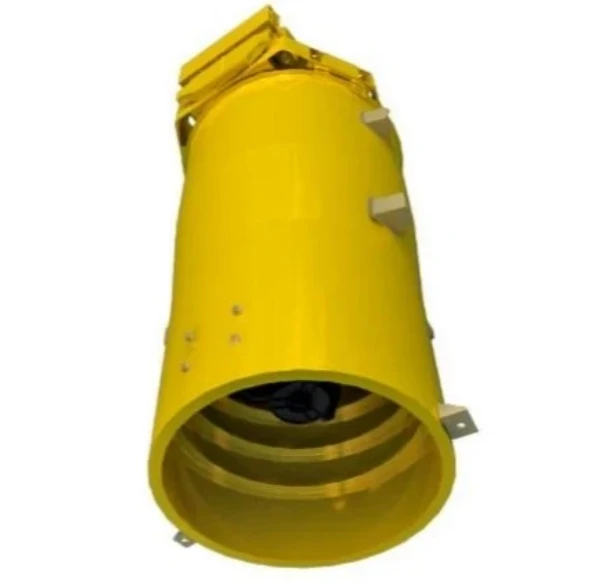
- Afrikaans
- Albanian
- Amharic
- Arabic
- Armenian
- Azerbaijani
- Basque
- Belarusian
- Bengali
- Bosnian
- Bulgarian
- Catalan
- Cebuano
- China
- Corsican
- Croatian
- Czech
- Danish
- Dutch
- English
- Esperanto
- Estonian
- Finnish
- French
- Frisian
- Galician
- Georgian
- German
- Greek
- Gujarati
- Haitian Creole
- hausa
- hawaiian
- Hebrew
- Hindi
- Miao
- Hungarian
- Icelandic
- igbo
- Indonesian
- irish
- Italian
- Japanese
- Javanese
- Kannada
- kazakh
- Khmer
- Rwandese
- Korean
- Kurdish
- Kyrgyz
- Lao
- Latin
- Latvian
- Lithuanian
- Luxembourgish
- Macedonian
- Malgashi
- Malay
- Malayalam
- Maltese
- Maori
- Marathi
- Mongolian
- Myanmar
- Nepali
- Norwegian
- Norwegian
- Occitan
- Pashto
- Persian
- Polish
- Portuguese
- Punjabi
- Romanian
- Russian
- Samoan
- Scottish Gaelic
- Serbian
- Sesotho
- Shona
- Sindhi
- Sinhala
- Slovak
- Slovenian
- Somali
- Spanish
- Sundanese
- Swahili
- Swedish
- Tagalog
- Tajik
- Tamil
- Tatar
- Telugu
- Thai
- Turkish
- Turkmen
- Ukrainian
- Urdu
- Uighur
- Uzbek
- Vietnamese
- Welsh
- Bantu
- Yiddish
- Yoruba
- Zulu
Exploring Diverse Designs of Microstrip Patch Antennas
In the realm of wireless communication, microstrip patch antennas have gained prominence for their compact size, design flexibility, and adaptability to various applications. Among the array of configurations, slotted microstrip patch antenna, square microstrip patch antenna, stacked microstrip patch antenna, triangular microstrip patch antenna, and u slot microstrip patch antenna stand out as innovative designs that cater to specific performance requirements, from impedance matching to radiation pattern optimization.
Discovering the Advantages of Slotted Microstrip Patch Antenna
One notable design is the slotted microstrip patch antenna, which features strategic slots etched into the radiating patch. These slots play a crucial role in modifying the current distribution across the patch, enabling adjustments to the antenna’s resonant frequency and impedance. For instance, in wireless local area network (WLAN) applications, a slotted microstrip patch antenna can be engineered to operate efficiently at multiple frequency bands by incorporating multiple slots. The slots also contribute to miniaturization, making the antenna suitable for compact devices where space is limited, such as smartphones or IoT sensors. The ability to tailor the slot geometry—including length, width, and position—allows engineers to fine - tune the antenna’s radiation characteristics, such as gain and beamwidth, for specific operational environments.
Examining the Simplicity and Versatility of Square Microstrip Patch Antenna
The square microstrip patch antenna is celebrated for its straightforward geometry and wide - ranging applicability. Comprising a square radiating patch on a dielectric substrate, this antenna offers ease of design and analysis, making it a popular choice for both academic research and commercial applications. In satellite communication systems, a square microstrip patch antenna can be integrated into phased arrays to achieve beam - steering capabilities, leveraging the symmetry of the square shape to ensure uniform radiation in multiple directions. The simplicity of the square design also facilitates the implementation of matching networks, reducing the complexity of impedance tuning. Additionally, by adjusting the side length of the square patch and the substrate thickness, engineers can optimize the antenna for different frequency bands, from low - frequency VHF to high - frequency microwave ranges.
Analyzing the Performance Enhancements of Stacked Microstrip Patch Antenna
Stacked microstrip patch antenna configurations address the need for improved bandwidth and radiation performance by incorporating multiple layers of patches. By stacking two or more patches—either of the same or different shapes—on top of each other, this design enhances the antenna’s impedance bandwidth, allowing it to operate efficiently over a wider frequency range. In radar systems, a stacked microstrip patch antenna can provide higher gain and better directivity compared to single - layer designs, making it suitable for long - range detection applications. The vertical stacking also enables the creation of circularly polarized antennas by offsetting the patches or using different feed locations, which is beneficial for satellite communications where polarization mismatch can degrade signal quality. The interlayer spacing and substrate properties play critical roles in determining the antenna’s performance, requiring careful optimization during the design phase.
Investigating the Geometry - Driven Performance of Triangular Microstrip Patch Antenna
The triangular microstrip patch antenna offers a unique alternative to traditional rectangular designs, leveraging its triangular geometry to achieve specific radiation characteristics. The asymmetry of the triangular shape allows for the manipulation of the current paths on the patch, enabling the generation of dual - band or multi - band operation without the need for complex slotting. In wireless sensor networks, where antennas must operate in harsh environments with varying propagation conditions, a triangular microstrip patch antenna can be designed to have omni - directional radiation patterns in certain planes, ensuring reliable connectivity between sensors. The triangular geometry also facilitates the integration of the antenna with curved surfaces, making it suitable for applications such as automotive radar systems or wearable devices, where conformal antenna designs are essential. By adjusting the triangle’s side lengths and angles, engineers can tailor the antenna’s resonant frequencies and impedance matching to meet specific design requirements.
Unveiling the Miniaturization Potential of U Slot Microstrip Patch Antenna
The u slot microstrip patch antenna is a prime example of how slotting can be used to achieve antenna miniaturization while maintaining performance. By introducing a U - shaped slot into the radiating patch, the electrical length of the patch is effectively increased, allowing the antenna to resonate at a lower frequency than a conventional unslotted patch of the same size. This miniaturization is particularly valuable in mobile devices, where space constraints are stringent, such as in tablet computers or wireless headsets. The U slot also provides additional degrees of freedom for impedance matching, enabling the antenna to operate efficiently across multiple frequency bands, such as the GPS, Wi-Fi, and Bluetooth bands. Furthermore, the slot’s geometry can be optimized to suppress unwanted radiation modes, improving the antenna’s efficiency and reducing interference with other components in the device.
FAQ: Key Insights into Microstrip Patch Antenna Designs
How Do Slot Configurations Impact the Performance of Slotted Microstrip Patch Antenna?
Slot configurations in a slotted microstrip patch antenna directly influence the current distribution, resonant frequency, and impedance. Longer slots can lower the resonant frequency, while wider slots affect the impedance matching. Asymmetrical slots can introduce dual - band operation, and their placement near the edges or center of the patch alters the radiation pattern, making slots a versatile tool for performance tuning.
What Are the Primary Advantages of Stacked Microstrip Patch Antenna over Single - Layer Designs?
Stacked microstrip patch antenna designs offer increased impedance bandwidth, higher gain, and the ability to achieve circular polarization. The stacking of patches allows for the excitation of multiple resonant modes, expanding the operational frequency range, while the vertical arrangement enhances the radiation efficiency and directivity, making them suitable for high - performance communication systems.
Can Triangular Microstrip Patch Antenna Achieve Omni - Directional Radiation?
Yes, a triangular microstrip patch antenna can be designed to exhibit omni - directional radiation in specific planes by optimizing the triangular geometry and feed location. The asymmetry of the triangle can balance the radiation in azimuthal directions, making it suitable for applications where uniform coverage around the antenna is required, such as in wireless sensor networks or RFID systems.
How Does the U Slot Contribute to Miniaturization in U Slot Microstrip Patch Antenna?
The U slot in a u slot microstrip patch antenna increases the electrical path length of the current on the patch without increasing the physical size, effectively reducing the resonant frequency. This allows the antenna to operate at lower frequencies while maintaining a compact form factor, which is essential for integrating antennas into small - scale devices without compromising performance.
What Factors Should Be Considered When Choosing Between Different Microstrip Patch Antenna Designs?
Key factors include the target frequency band, required bandwidth, radiation pattern (e.g., omni - directional vs. directional), space constraints, and application environment. For example, a square microstrip patch antenna is ideal for simple, broadband applications, while a stacked microstrip patch antenna is better suited for high - gain, wide - bandwidth systems. Slot - based designs like the slotted or u slot microstrip patch antenna are preferred for miniaturization and multi - band operation, and triangular designs offer flexibility in conformal applications.











